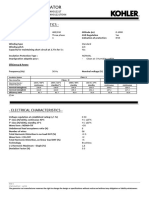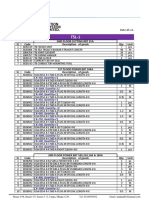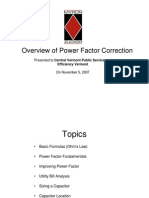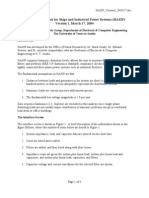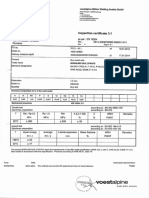0% found this document useful (0 votes)
461 views28 pagesPower Factor Correction Training
This document discusses power factor correction through the addition of capacitors. It begins with an overview of electrical power equations and the power triangle. It then shows how adding capacitors:
1. Improves the power factor by supplying reactive power and reducing the apparent power.
2. Decreases generator and transformer loading by reducing current.
3. Lowers grid losses by reducing reactive power flow.
4. Reduces penalties from utilities that charge extra for low power factors.
The document provides examples of how to calculate power factors, currents, and reactive power with and without capacitors. It also discusses optimizing capacitor placement in a grid using software simulations.
Uploaded by
يعقوب يعقوبCopyright
© © All Rights Reserved
We take content rights seriously. If you suspect this is your content, claim it here.
Available Formats
Download as PDF, TXT or read online on Scribd
0% found this document useful (0 votes)
461 views28 pagesPower Factor Correction Training
This document discusses power factor correction through the addition of capacitors. It begins with an overview of electrical power equations and the power triangle. It then shows how adding capacitors:
1. Improves the power factor by supplying reactive power and reducing the apparent power.
2. Decreases generator and transformer loading by reducing current.
3. Lowers grid losses by reducing reactive power flow.
4. Reduces penalties from utilities that charge extra for low power factors.
The document provides examples of how to calculate power factors, currents, and reactive power with and without capacitors. It also discusses optimizing capacitor placement in a grid using software simulations.
Uploaded by
يعقوب يعقوبCopyright
© © All Rights Reserved
We take content rights seriously. If you suspect this is your content, claim it here.
Available Formats
Download as PDF, TXT or read online on Scribd
/ 28





